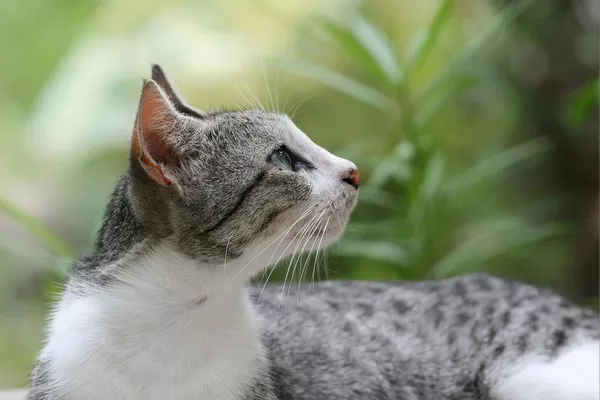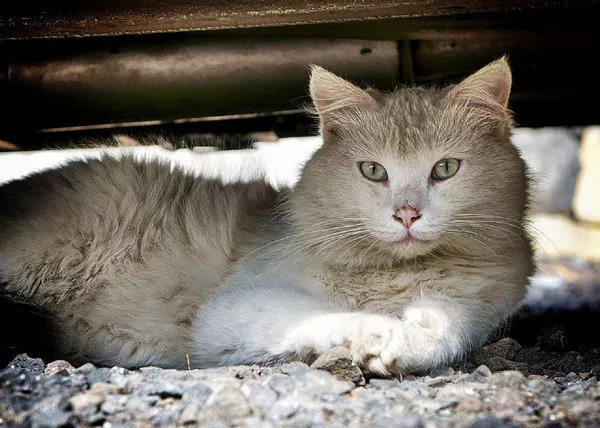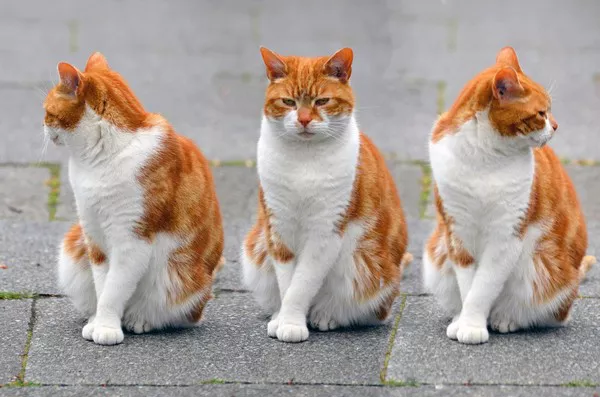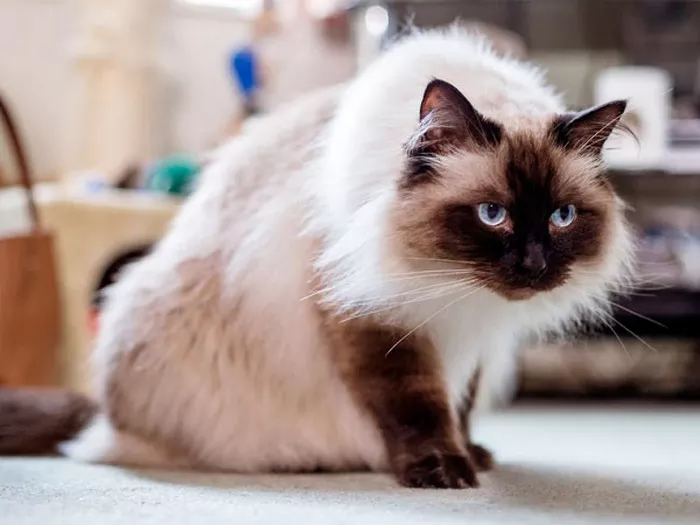Katherine Moseby, co-founder of Arid Recovery, a conservation nonprofit in South Australia, emphasizes her respect for cats, even as she battles their impact on native wildlife. Dr. Moseby, also a researcher at the University of New South Wales, acknowledges the remarkable abilities of these animals, yet she confronts the harsh reality: feral cats pose a significant threat to vulnerable marsupials at Arid Recovery.
The conservation efforts involve vigilant measures, including the recent deployment of a “pest control contractor” tasked with reducing the feral cat population. Despite personal reservations rooted in her upbringing with pet cats, Dr. Moseby recognizes the imperative to choose between the survival of wildlife and the presence of feral cats.
Dr. Moseby’s sentiments echo the broader understanding among ecologists like John Read, her husband and co-founder of Arid Recovery. Cats, though not inherently villainous, exert catastrophic effects on Australia’s wildlife, exacerbating an already dire situation marked by the continent’s high rate of mammalian extinctions.
Recognizing the complexity of the issue, Drs. Moseby and Read have long been engaged in developing innovative solutions to mitigate the impact of feral cats. Their efforts range from toxic implants aimed at targeting repeat offender cats to automated cat traps like the Felixer, designed to reduce feral cat populations efficiently.
Despite their dedication, the challenges persist. Controlling feral cat populations remains a multifaceted endeavor, requiring a combination of strategies and acknowledging the ethical dilemmas inherent in lethal control methods. Drs. Moseby and Read have encountered opposition and criticism, yet they remain steadfast in their commitment to preserving Australia’s unique biodiversity.
Moreover, the duo recognizes the need for holistic approaches beyond cat control, such as addressing prey naïveté, a phenomenon exacerbated by the protection offered within fenced reserves. Dr. Moseby’s experimental release of feral cats into controlled environments seeks to enhance the survival instincts of threatened prey species, albeit with risks and uncertainties.
As conservationists navigate these complexities, they remain committed to exploring innovative strategies, including the potential involvement of native predators like the western quoll. While the path forward is fraught with challenges and uncertainties, Dr. Moseby and her colleagues persist in their mission to protect Australia’s wildlife from the relentless onslaught of feral cats.
























